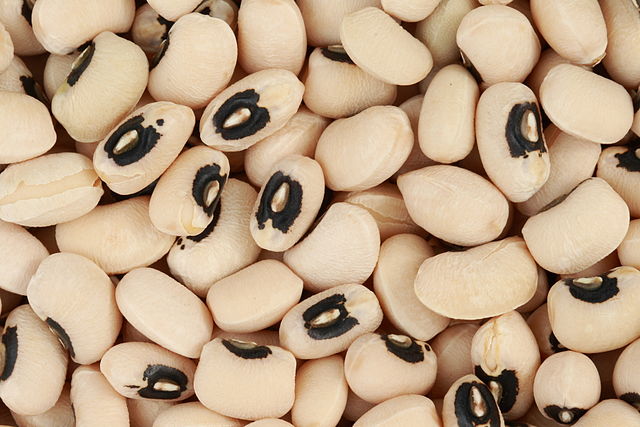A new find on the Kenya-Uganda border indicates cowpea farming in East Africa could have began 2,300 years ago. The discovery could help fill missing gaps such as the earliest plants in a region famous as the “cradle of mankind.”
A Royal Society Publishing organization publication on July 10, 2024 revealed that the Kakapel Rockshelter near Mt. Elgon in Western Kenya first planted cowpeas (Vigna unguiculata (L.) Walp) around 300 B.C. The study by the Washington University in St. Louis and the University of Pittsburgh found carbonated seeds and dated them.
Interestingly, the study’s cowpea dating period coincided with that of the first attempt to domesticate cattle in Western Kenya.
The area of the archaeological find was predominantly pastoralist too, which suggests agricultural activity by migrating non-nomadic communities.
Importantly, this region was the meeting point between agricultural Bantu peoples migrating from Central Africa and pastoralists from the Sudan. Pastoralists preceded the Bantus by coming here 9,300 B.C.,roughly the same time when world agriculture was starting. Bantus landed in the Lake Victoria region on their way to other parts of East Africa during the Iron Age, 2,500 years ago.
Other Plants
The discovery also sheds a light on the beginnings of crops that thrived in East Africa around 1000 C.E.
Indeed, researchers not only dated the carbonated remains of the West African cowpea but the horn of Africa’s pea (Pisum sativum L.). This last pea species appeared 1000 years after the cowpea in the Mt. Elgon area.
Other similar period grains and legumes include finger millet and a sorghum species originally from Ethiopia.
Peas Farming in East Africa Occurred Earlier than Thought
Such evidence has dethroned existing belief that regional peas, cowpeas and sorghum cultivation occurred as late as the 1300s C.E.
A similar belief has also up to now attached to finger millet, whose earliest evidence of cultivation remains 1000 C.E.
For dating, the archaeologists gathered 2,320 whole seeds and fruits, out of which 772 seeds were exclusively domesticated at Kakapel. As the largest seed and fruit repository from the equatorial East Africa, the repository could help trace other early agriculture dates.
In short, the new material has updated the scant knowledge on early agriculture in the very place where “human evolution” began. This is according to Natalie Mueller, the study’s co-author and archaeologist/palaentologist from Washington University, St. Louis. And as the data below shows cowpea farming in East Africa, especially Kenya is still important today as it was then.
Kenya Cowpea Statistics
The Kenya Agricultural and Livestock Research Organization (KARLO) indicates that cowpeas (kunde in Swahili) represent 16% of Kenya’s pulse production. The legume ranks second after the common bean in widespread cultivation nationally in an area spanning 11,154 hectares (2020).
How much cowpeas does Kenya produce per year?
Kenya ranks among the top cowpea producers in Africa, most of which are in West and Central Africa. In 1999, Africa produced 2.565 million tonnes of cowpeas. Nigeria supplied half of this amount at 1.691 million tonnes. By 2020, Nigeria was producing 2.607 million, against a world supply of 6.5 million tonnes. In 2020, Kenya ranked 7th in global cowpea production at 179,399 tonnes. The East African country however ranked 10th in productivity with a yield rate of 4,367 tonnes per hectare.
Where do cowpeas grow in Kenya?
Cowpea cultivation occurs mainly in the dry parts of Western Kenya and Nyanza on the Lake Victoria Basin. Other areas include the dry lowlands of Eastern and the Coastal regions.
